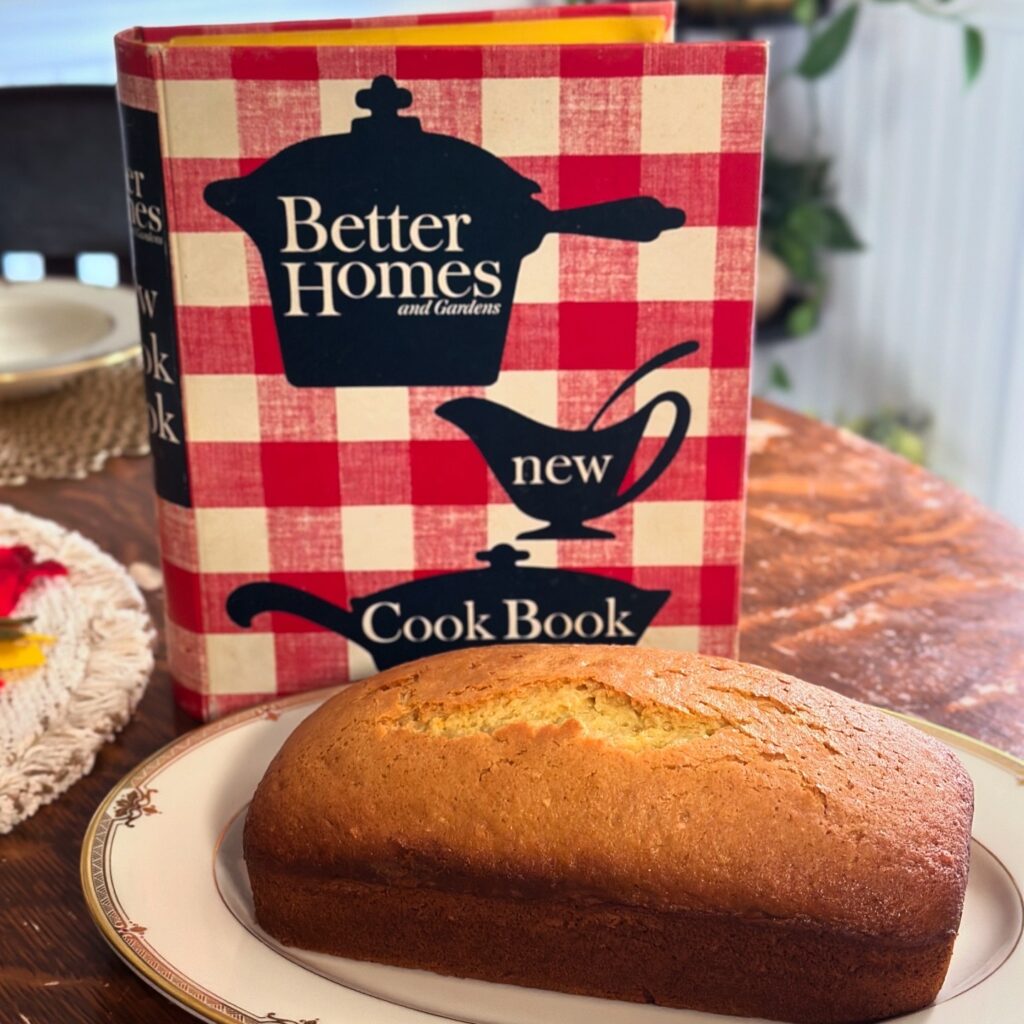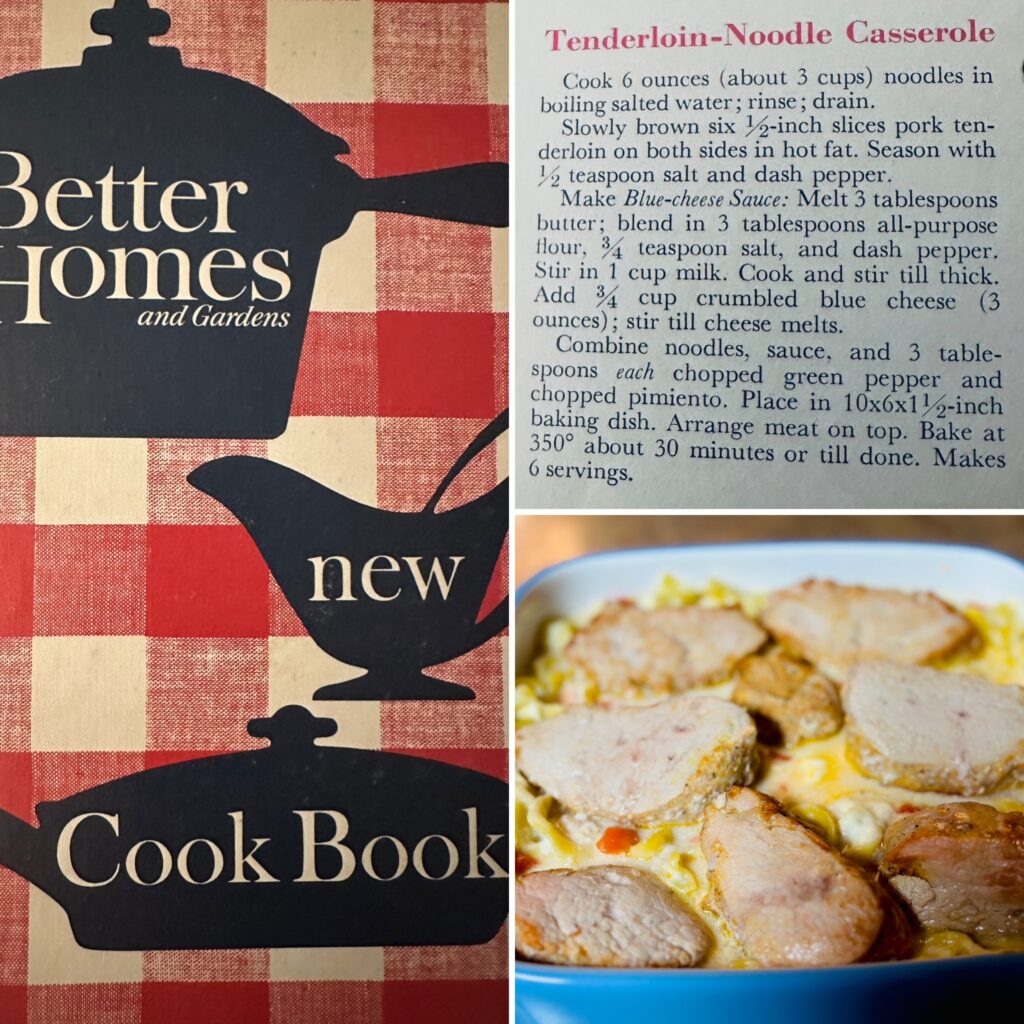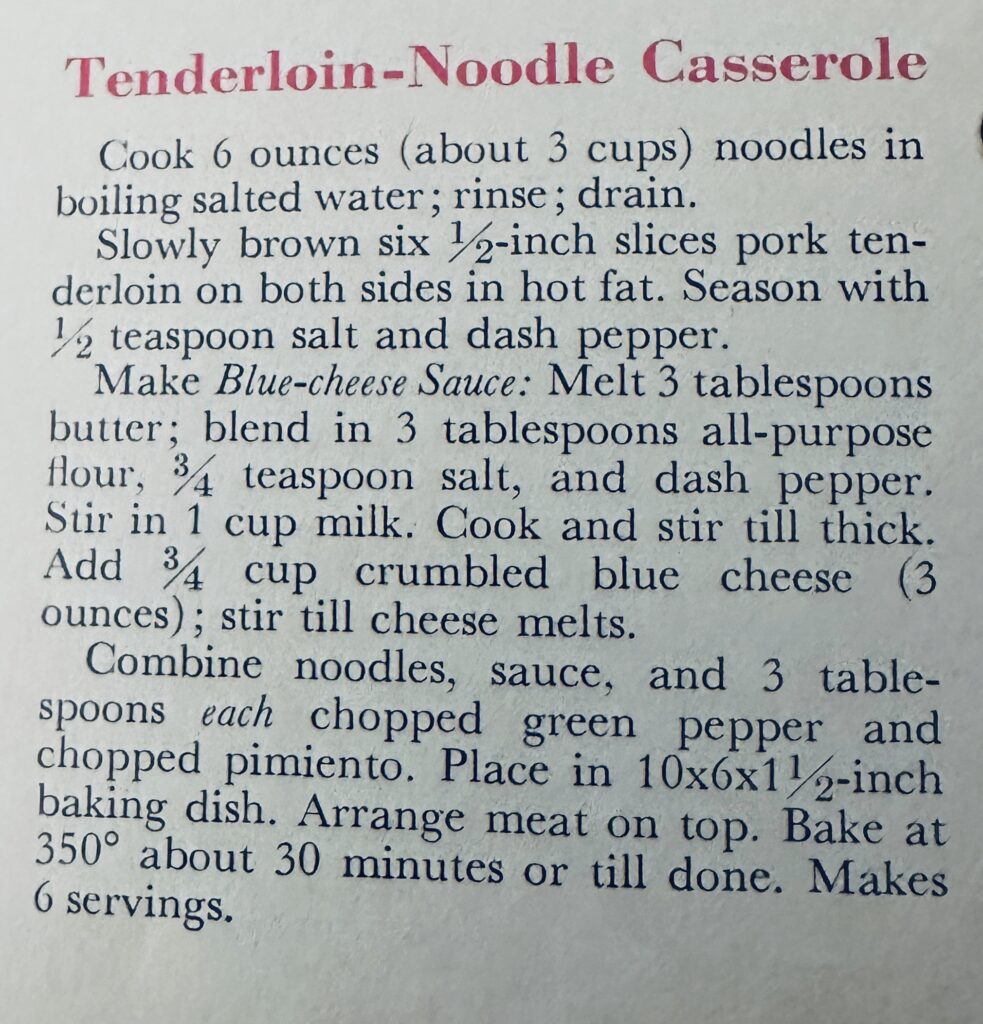

I have been cooking from this cookbook last year a bit and this year much more. I am loving it!

THE HISTORY
Better Homes and Gardens new CookBook
For years, cookbooks have come and gone, but never before has there been a cookbook like this. So boasted the full-page ad introducing My Better Homes & Gardens Cook Book.
That was in 1930—and it was no false claim. Cooks all over America really took to the book, boosting it onto the best-seller list in just three months.
What made this unassuming book such a runaway hit in those meager times? For one thing, cooks loved the revolutionary ring binding, allowing the book to open flat on the countertop. No cookbook had ever offered this feature before. Cooks also appreciated the blank pages at the back, inviting them to add their own favorite recipes to the book.
And those clever tab dividers? Readers loved them—when closed, the book resembled a mini-filing cabinet. In short, it combined the advantages of both a book and a recipe card file for a true all-in-one kitchen resource.
Of course, no cookbook, no matter how handily it lies flat on the counter, could be a best-seller without top-notch, trustworthy recipes. And that’s just what cooks found inside the New Cook Book. The foreword to the 1933 edition promised thousands of tested and tasted recipes approved by the Better Homes & Gardens Tasting-Test Kitchen.
Not only did the recipes yield great-tasting results, but they were also more informative and easier to follow than ever before. In many books at the time, a recipe for a Currant Pie might have read something like this: Add one cup of raspberries to three cups of ripe currants, and bake in two crusts. Serve plain or with whipped cream.
The writers of such a recipe assumed, of course, that any cook knew how to make a pie crust, how to prepare the fruit to use in the pie, how long to bake the pie, and at what temperature. And doesn’t every cook just naturally know to add at least 3/4 cup sugar to sweeten the thing, plus some flour for thickening?
Evidently, many cooks didn’t, and the Test Kitchen came to their rescue. The Test Kitchen experts championed a new style of recipe writing that called on level measurements (no more “little bit of this, a little bit of that”), and more precise, descriptive methods (no more “bake till done”). Cooks all over America looked to the book for practical, reliable recipes.
In the foreword to the 1933 edition, an editor wrote about the new kind of homemaker for whom the cookbook was intended. They are quick to adopt the new when it proves efficient; and ready to discard the old, when they find something better.
That describes the vision of the Better Homes & Gardens New Cook Book through all its editions: It changes as America changes. In fact, looking through past issues of the book is like surveying a history of America from 1930 to the present.
- During the days of wartime rationing in the 1940s, a revision of the cookbook featured a supplement entitled “An Easy Guide for Your Ration Points.” Oven meals—in which the main dish, a vegetable, and dessert were baked at the same time—provided a handy way to save fuel.
- More money and leisure time brought by the prosperous post-war 1950s ushered in a new appreciation for backyard grilling and entertaining at home. That’s when Chicken Divan and Chef’s Grilled Steak debuted. A new salad craze also hit the scene. In fact, Better Homes & Gardens magazine editors are credited for coining the term “tossed salad.”
- The 1960s saw an increased interest in foreign food and gourmet meals. For example, in the 1968 edition, the humble chicken swung international with Chicken Kiev, Chicken Cacciatore, Chicken Parisienne, and Island Broiled Chicken. And, as home entertaining became less formal, the cook-at-the-table craze began. Readers grew especially fond of fondue.
All of my Better Homes and Garden Cookbooks are from the 1950s & 1960s and a lot of fun to read and cook from. I am loving going back in time in this instance. Very educational.


